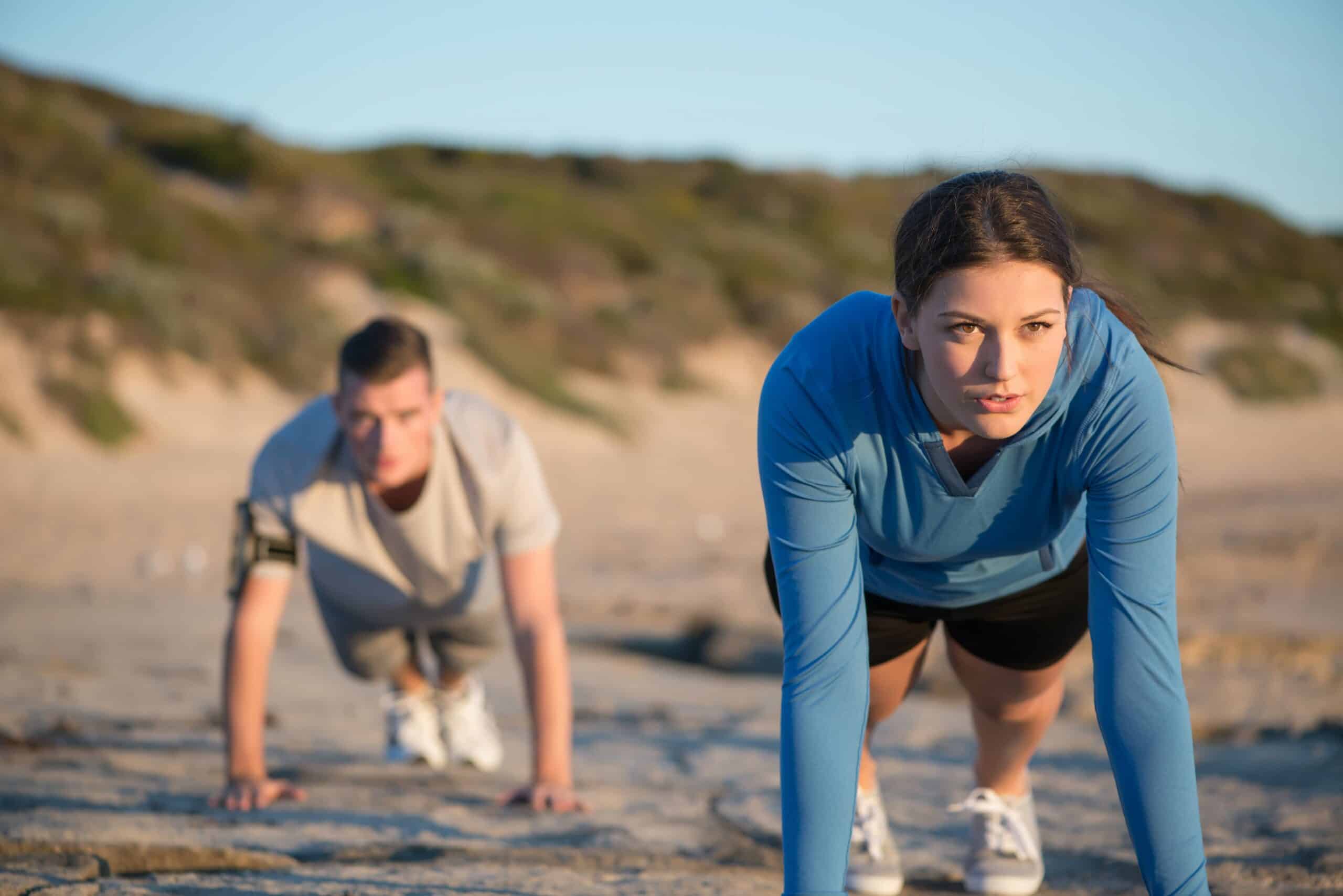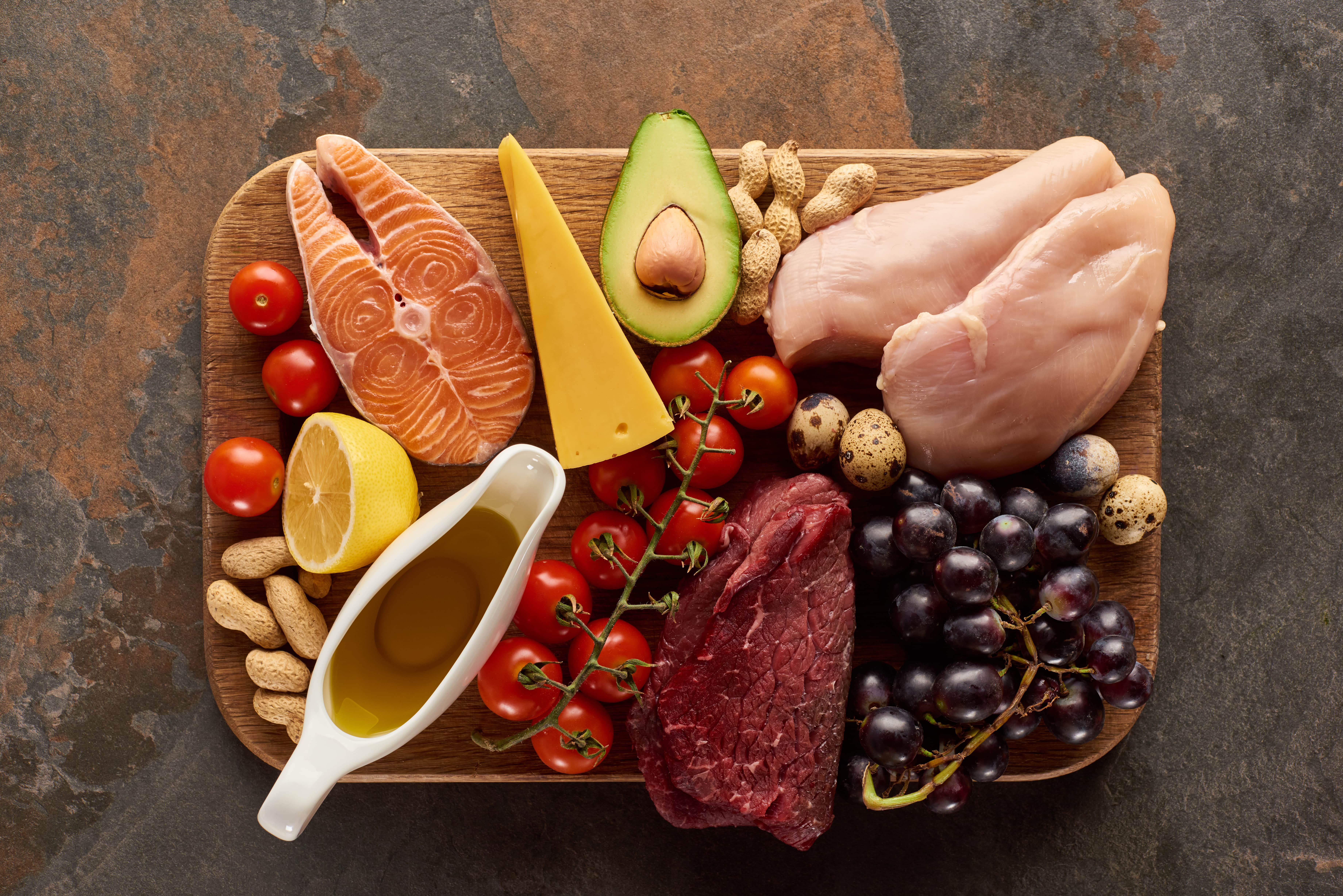How to Start Your Fitness Journey This 2024
This entry was posted on May 2, 2024.

Starting your fitness journey in 2024 is crucial for better health. Stay motivated by setting realistic goals and choosing a workout that fits your daily routine. Customize your goals and be flexible with your plan to easily tackle challenges and celebrate your wins.
1. Set Your Goals
Define Objectives
Begin your 2024 fitness journey by setting specific goals, such as losing weight, building muscle, or achieving a running milestone. Divide your main goal into smaller, achievable targets, like losing 1-2 pounds weekly until you hit 20 pounds.
Set a Realistic Timeline
Determine when you want to achieve each milestone and plan accordingly. Being flexible is important because life can surprise you with challenges. Always be ready to change your plans if needed.
Checking your progress often helps you stay on schedule and shows how much you’ve achieved and what changes you might need to make. This way, you keep your final goal in view and make the journey easier to handle.
Find Your Source for Motivation
Finding what motivates you, like wanting better health, is key to keeping up your efforts for a long time. These factors often provide the most powerful drive because they reflect deep-seated wishes for change.
Sources of motivation can come in many forms: join fitness communities or find a role model who inspires you. You can also make a vision board or journal to visually show your goals and inspirations. Looking at it every day will remind you of what you’re aiming for.
Track Your Progress
To keep track of your progress, use fitness apps or journals to log your daily exercise, calories burned, and weights lifted. This helps you see your improvement clearly. Celebrate all your achievements, big or small. These successes lift your spirits and motivate you by showing gradual progress.
2. Choose Workouts Based on Your Fitness Level
Cardio
Beginners should start with cardio exercises such as running, cycling, or swimming to improve heart health and burn calories. For a more intense workout, try high-intensity interval training (HIIT) to burn calories quickly and increase endurance. To make workouts fun and reduce injury risk, change your cardio routine often to work different muscles and avoid repetitive strain.
Flexibility Exercises

Remember to include static stretches after your workouts too. Holding stretches keeps muscles flexible and prevents them from getting stiff and sore.
Strength Training
Start strength training with push-ups, sit-ups, and planks to use your body weight. They help build a foundation of strength without the need for exercise equipment.
As you get stronger, include squats and deadlifts in your workouts. They target multiple muscles simultaneously for comprehensive strength training.
To see continuous improvement, gradually increase the resistance you’re working against. This could mean adding more weight or increasing the number of repetitions over time. The key is to challenge your muscles consistently but safely.
Fun Alternatives
Fitness can be fun and varied. Dance classes or rock climbing add excitement to regular workouts, offering both physical and enjoyment benefits. Joining team sports or group workouts adds a social vibe that can make you more motivated.
Doing stuff like hiking or playing beach volleyball outside also lets you enjoy nature, which is a cool change from working out inside at a gym.
3. Create a Nutrition Plan
Create a Balanced Diet

Focus on whole foods such as fruits, vegetables, grains, and lean meats, with a balance of carbs, proteins, and fats – aim for half your plate to be veggies, and the rest to be split between protein and grains. If you have specific goals, like weight loss or muscle gain, consult a nutritionist.
You can indulge in your favorite bag of Cheetos once in a while, but instead of eating them out of a bag, put them in a bowl to control how much you eat.
Hydrate, Hydrate, Hydrate
Hydrate before, during, and after working out. If you’re not sure you’re drinking enough, check if you’re thirsty or what color your pee is – if it’s clear or light yellow, you’re hydrated; if it’s dark, you need more water. For intense exercise or hot days, consider electrolyte drinks to prevent cramps or dizziness.
Instead of constantly drinking soda or juice, make water your regular standby with your meals. This will help you make me full, which in turn can help you avoid overeating.
Take Some Supplements
Supplements can complement your diet and exercise regime but should not replace whole foods or proper nutrition planning.
Firstly, identify supplements that may benefit your specific fitness goals:
- Protein powders or creatine: For muscle-building
- Beta-alanine or BCAAs: To increase endurance
Note: Always consult a doctor before starting, especially if you have health conditions or taking other medications.
4. Invest in Workout Gear and Equipment
Wear Comfortable Clothes
Go for comfortable, well-fitting gear that matches your activity, like running shoes for running or cross-trainers for different exercises. This keeps you dry, prevents injuries, and improves performance by providing proper support.
Your workout clothes should be stretchy and breathable, not too tight or too loose, to avoid restricting your movements during exercise. These small details can significantly impact your motivation and endurance during workouts.
Be Extra with Fitness Apps
Smartwatches and fitness trackers are essential for better workouts. They monitor your heart rate, steps, calories, and sleep.
Fitness apps offer workout tips, and diet suggestions, and connect you to supportive groups. If you need music during your workout session, use sweat-resistant earbuds.
Home Setup
Setting up a workout area at home makes exercising easier. Begin with simple gear like dumbbells, a yoga mat, resistance bands, and a stability ball. They’re affordable, don’t take up much room, and add variety to workouts.
Check out these free weights to add to your home gym setup.
If you’re into heavier training or specific activities like weightlifting or Pilates, think about getting gear like a weight bench or a Pilates reformer.
5. Create a Routine
Set a Daily Workout Schedule
Create a full week of exercises. Alternate between workouts: for example, cardio aerobics on Monday, strength training on Tuesday, or yoga on Wednesday. Set the time of day when you feel like you’re motivated to work out. If you have a busy morning, set an evening workout, preferably around 6 to 8 PM.
Remember: Your routine should not feel like a burden.
Be realistic with your schedule. If it’s your first exercise, try to work out at least two to three times a week.
You don’t need to spend 30 minutes to an hour working out, especially if you have so many things on your plate. Spending just 10 to 15 minutes of exercise daily can improve your health over time.
Set Rest Days
Rest days are important in any fitness journey. Taking one or two rest days a week helps your body heal, preventing exhaustion and injuries. If you’re really tired or sore, take another day off to rest. Remember, taking breaks is as important for long-term fitness success as the actual workouts.
Adjust Workout Intensity or Set Modifications
As you progress with your fitness routine, adjusting its intensity becomes necessary for continued improvement. Start by slowly making your workouts longer or harder every few weeks, like lifting heavier weights or adding sprints to your runs. Listen to your body’s reaction. Feeling a bit uncomfortable is okay, but pain could mean you’re getting hurt.
Keep in mind that adjustments might also mean scaling back when facing life’s challenges or when recovery isn’t adequate. Flexibility in managing workout intensity ensures you stay on track without compromising health.
6. Stay Consistent
Keep Motivating Yourself
Keep that drive alive by understanding your ‘why’. Reflect on the reasons behind starting this fitness journey. To improve health, boost energy, or reach a goal, remembering why you started helps you stay motivated during hard times.
Join a group online or in person with similar goals. It increases your motivation and helps you stay on track by sharing progress, challenges, and advice. Celebrate your wins together and remember your reasons for beginning.
Set achievable goals and monitor your progress. Small wins can motivate you. Use apps or journals to keep track of your journey, helping you see your improvements and plan your next steps.
Plateau Breakthroughs
Hitting a fitness plateau is normal but it means you need to switch things up. If your progress stops, look at your workout plan since your body gets used to the same exercises.
Mix in new activities like strength training or swimming to challenge yourself and keep it fun. Make sure your diet supports your exercise goals. Seeing a nutritionist can help match your food choices with your fitness goals.
7. Find a Community
Join a Fitness Group

Local gyms often host such groups. They offer something for everyone, from yoga fans to serious weightlifters, and joining these groups gives you fresh workout ideas. It also keeps you accountable.
Community centers and parks often have free fitness classes where you can meet people who enjoy working out, making exercise fun, and social.
Or Join an Online Forum
The digital world is a treasure trove of fitness forums. Sites like Reddit and Bodybuilding.com have dedicated spaces for every fitness niche imaginable. Here, professionals share advice alongside everyday gym-goers. You can ask questions, share progress, and receive feedback from around the globe.
These online communities are accessible anytime, anywhere. They’re great for busy people or those who like working out at home, offering lots of info on diet, exercise routines, and mental health support.
Most importantly, they offer anonymous support. For many, this removes the intimidation factor associated with starting a fitness journey.
8. Long-term Commitment
Lifestyle Changes
Starting a fitness journey needs more than just excitement. It’s about making exercise a must-do in your daily life, just like eating or sleeping.
First, evaluate your current habits. Identify activities that contribute to sedentary behavior. Replace them with alternatives that encourage movement. Consider walking or biking to work instead of driving.
Next, assess your diet. Eating right is key to getting fit. Eat more fruits, veggies, and lean meats, and cut down on junk food and sweets. Also, rest is important. Make sure to get 7-8 hours of sleep and take days off from working out to avoid getting hurt or too tired.
Continuous Learning
As you get better at fitness, it’s important to keep up with new trends and studies. This knowledge helps you adjust your routines for better results.
Subscribe to trusted fitness magazines or websites for tips on exercises, nutrition, and wellness. Joining a fitness group or community can also help by sharing experiences and getting motivated. If you can, hiring a personal trainer is beneficial for personalized guidance and correct exercise techniques to avoid injury.
Celebrating Milestones
Acknowledging your fitness achievements keeps you motivated. Set achievable short-term goals, like running a specific distance or hitting a new weightlifting record. Celebrate these wins with rewards that won’t set you back, like getting a massage or new gym clothes. Regularly look back on your progress and keep a journal of your successes to stay inspired, especially when it gets tough.
Enhance Physical and Mental Health With Commitment
Starting your fitness journey in 2024 requires commitment and intelligence. Set clear goals, choose suitable workouts, eat healthily, get the right equipment, maintain a routine, tackle challenges head-on, seek support, monitor your progress, and prepare for a long-term commitment. This strategy is crucial for enhancing both physical and mental health.
Remember, fitness is a marathon, not a sprint; it demands consistent effort and adjustments to meet your needs. Start with small steps, stay focused, and gradually increase workout intensity and diet rigor as you improve.
Embrace challenges as opportunities for growth, celebrating every bit of progress towards a healthier, happier you. Make 2024 your year of transformative fitness with the Fitness Expo Stores guide. Start now!



